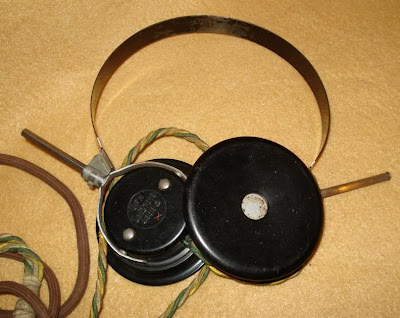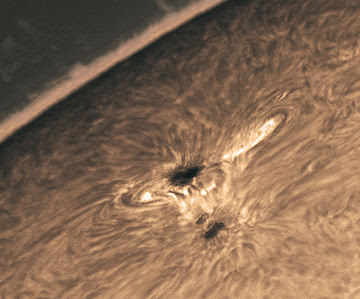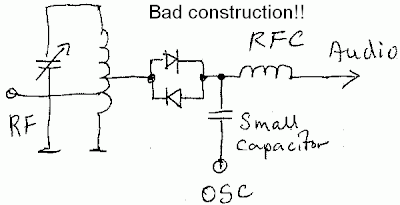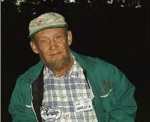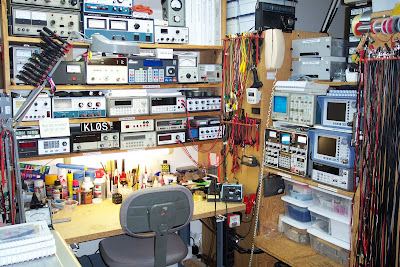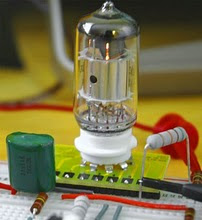Hi Bill:
Just finished listening to SS 121. Fascinating as usual. In no
particular order:
- Microsoft is ending all support for Windows 2000 effective July
13th of this year. For us little guys there's only one impact, but
it's a doozy: no more security patches. My bench computer is still
Win 2k, so he'll either be losing his connection to the interwebs or
get replaced (don't think his little brain would take the current
Ubuntu release, but perhaps I'll give it a shot.) I'm a pretty tech
savvy guy so I've got no problem moving on, but I hate to toss
perfectly good hardware. Heck, I've got a 1965-vintage USAF surplus
VOM and a Fluke LED readout DVM on my bench (both relatively new to
me!) The scope, power supply and sig gen aren't much newer. I
think the odd duality of hams you pointed out (tech forward and also
sticks-in-the-mud) is another expression of an engineering mindset
that doesn't accept that the new must devalue the old.
http://blogs.technet.com/lifecycle/archive/2010/02/25/end-of-support-for-windows-2000-and-extended-support-phase-transition-for-windows-server-2003.aspx - I'm starting to think the Sun has dropped life-cycle support for
HF, effective when I got my HF privileges. I'm following your weak
signal work with a lot of interest.
- I think I mentioned previously that I got to see the Babbage
Difference Engine #2 last fall. After hearing your Dobsonian
maintenance story using "API Grade Extra Virgin" olive oil, I thought
you'd be amused to hear that the BDE is lubricated entirely with corn
oil, which is apparently available in a variety of SAE weights. I
thought they should put a Bunsen burner under the drip pan and make
popcorn in there, but the docents weren't too impressed with my
engineering suggestions.
- SMT: I got my first serious taste of SMT while building, of all
things, a Nixie clock. It had two large quad flat pack (QFP) chips.
They weren't involved in the processing (which was done by a proper
DIP packaged PIC chip) but were the HV drivers (apparently actually
intended for use in a plasma TV). The manual instructed me to tack
down the corners, verify the alignment of all the unsoldered pins,
then just heat 'em and solder 'em down, ignoring pin-to-pin shorts.
After soldering all the pins, it then said to lay a piece of
desoldering braid on top of each run of pins, and heat it until the
excess solder wicked up. I was dubious, to say the least. But to my
complete surprise not only did the clock work on the first try
(meaning all 80 pins had been soldered correctly) but the chips
actually looked pretty good, too. Still a bit nerve wracking!
- In the "keeping old computers working" department I just ordered a
solid state drive to replace the oddball 1.8" drive in the little Dell
I use for travel. It runs Ubuntu pretty well, but I have to have Win
7 on there for work reasons, so I'm hoping the SSD will speed up the
latter (and not blow up the former - Linux and new technology haven't
worked out well for me in the past).
73,
Bob KD4EBM
 Listen at: http://www.soldersmoke.com
Listen at: http://www.soldersmoke.com 



